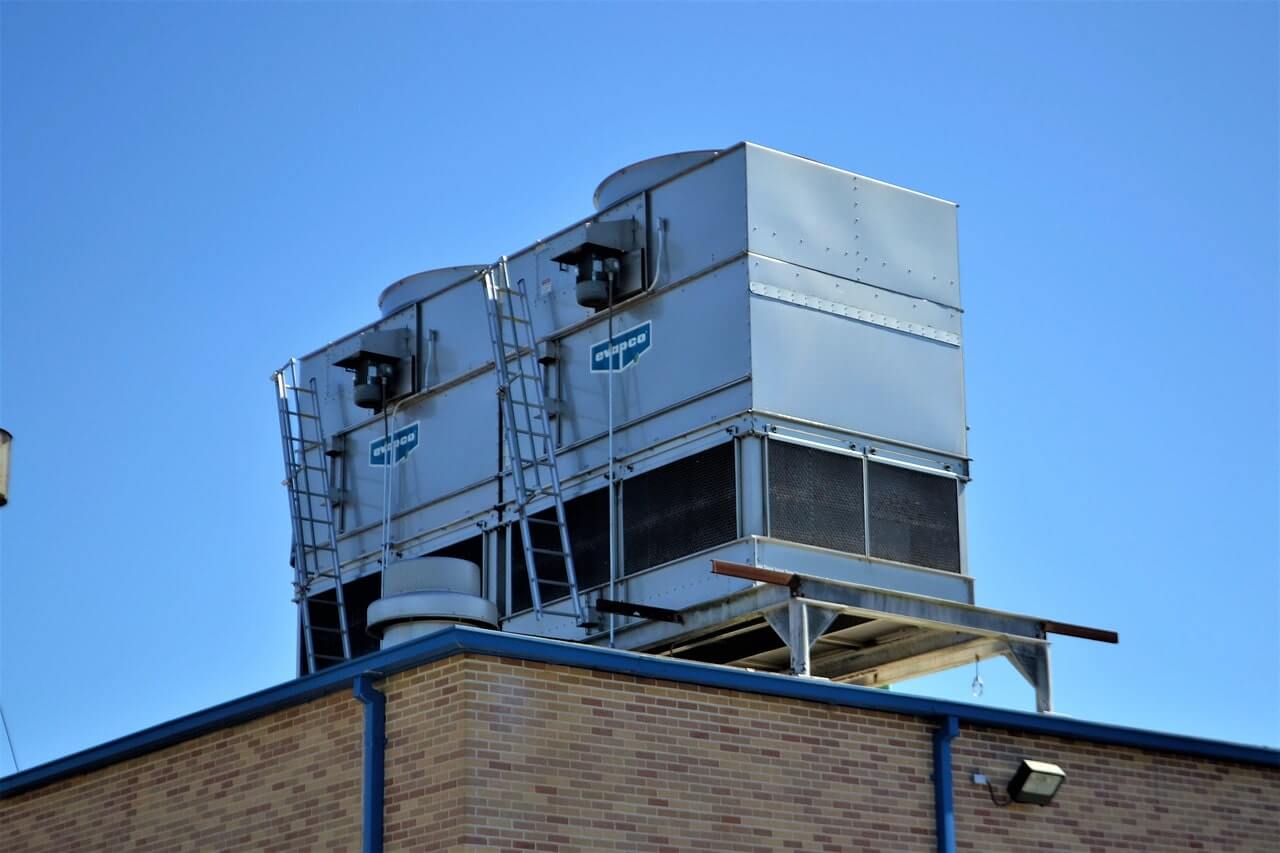Discover NYC mom Deana Karim’s 4 egg-cellent tips for hosting a stress-free Easter brunch, plus healthy baking alternatives that everyone can enjoy!
This post does contain affiliate links that provide me with a small commission should you choose to purchase through them at no additional cost to you. Thanks for supporting FamousAshleyGrant.com!
Cracking the Code: How to Host an Easter Brunch Without Breaking a Sweat
Easter brunch is one of those special occasions that brings all your loved ones around the table to celebrate the season of renewal. But let’s be honest – playing host can sometimes leave you feeling scrambled! That’s where Deana Karim, a dynamic entrepreneur and busy NYC mom, comes to the rescue with some egg-ceptional tips to make your Easter gathering truly special.
As the founder of Good Dee‘s and 14 Homes, Deana has cracked the code on making entertaining both effortless and delicious. Her journey from health-conscious home baker to successful business owner is truly inspiring – starting with just $5,000 while working two jobs and raising a family, she’s built a national brand of healthy, low-carb, allergen-friendly baking mixes that are now bestsellers on Amazon!
Let’s dive into Deana’s four tips that will have you serving up an un-BRUNCH-lievable Easter spread:
Tip #1: Delicious baked goods are at the heart of every brunch—ensure they are both healthy and tasty.
Deana Says: No Easter breakfast is complete without delectable baked treats, but store-bought options often come packed with unnecessary additives. Instead, nourish your loved ones with treats that delight without the ingredients that don’t, like Good Dee’s low-carb, gluten-free, sugar-free baking mixes.
My Two Cents: As someone who’s always hunting for the perfect balance between “yummy” and “good for you,” I’m totally on board with this philosophy! Nothing says “I care about you” like serving up goodies that won’t leave everyone in a sugar coma by noon. Plus, accommodating dietary needs doesn’t have to be a basket case – it’s actually a way to show extra thoughtfulness to your guests!
Tip #2: Always have something savory, too!
Deana Says: Balance your sweet offerings with savory options that will satisfy everyone at your table.
My Two Cents: This tip is no yolk! While Easter makes us think of sweet treats, a well-rounded brunch needs savory elements to keep the meal balanced. I like to think of it as giving your taste buds a little vacation – they get to hop from sweet to savory and back again! Good Dee’s offers versatile mixes that can be transformed into savory delights as well, proving that healthy options don’t have to be bland or boring.
Tip #3: Sometimes, pre-made is better than homemade!
Deana Says: Take one thing off your to-do list by incorporating high-quality pre-made items, like Good Dee’s Just Add Water Cream Cheese Keto Frosting, which is free from allergens while still tasting like the ‘real thing.’
My Two Cents: Let’s get real – nobody gets a medal for doing EVERYTHING from scratch! Working smarter, not harder is the name of the game when entertaining. I’m all about the strategic shortcuts that let you focus on enjoying your guests instead of being trapped in the kitchen. After all, the Easter bunny doesn’t make every egg by hand, and neither should you!
Tip #4: Good tools make cooking and baking a dream and give you more time to enjoy your guests.
Deana Says: Invest in quality kitchen tools like the 14 Homes Vegetable Chopper and Stainless Steel Egg Whisk to make prep effortless and efficient.
My Two Cents: Nothing makes me happier than kitchen gadgets that actually earn their keep! The right tools can turn cooking from a chore into a pleasure, and they’re worth every penny if they give you more time to sip mimosas with your guests. Remember: a stressed host is a recipe for disaster, but a prepared one with good tools? That’s a recipe for success that will have everyone egg-static about your brunch skills!
About Deana Karim
Driven by her own weight-loss journey and family history of diabetes, Deana set out to create delicious food that everyone could enjoy regardless of dietary restrictions. What began in her kitchen as an experiment has blossomed into Good Dee’s, offering a wide range of products from Bread & Biscuits to Brownies & Sprinkles, Cakes & Cookies, and Mug Cakes & Pancakes.
Deana’s story is truly inspiring – she’s living proof that with determination and passion, you can have your cake and eat it too! Her commitment to creating inclusive food options means that children with food allergies, family members with diabetes, and anyone looking for healthier options can all share in the joy of delicious treats.
Want to learn more about Deana’s journey and explore her amazing products? Hop on over to the Good Dee’s website and discover how you can make your Easter brunch (and everyday baking) both healthier and more delicious!












